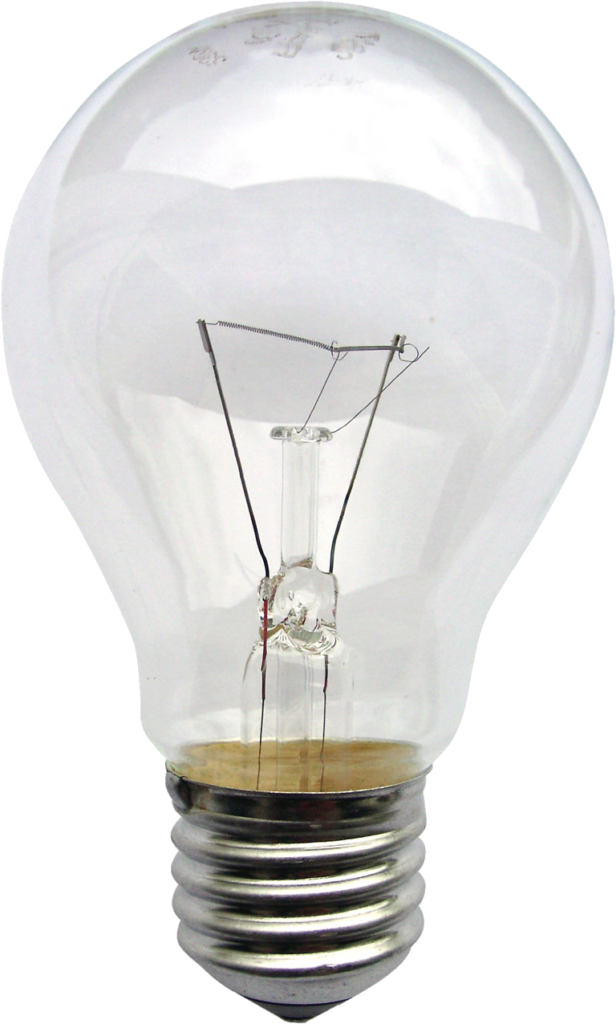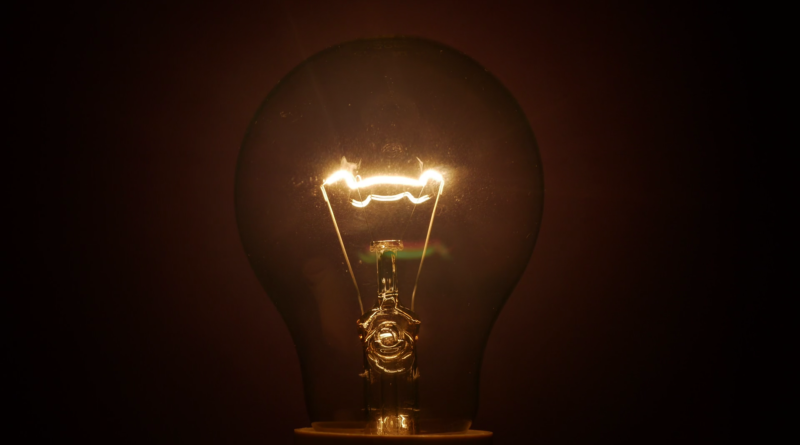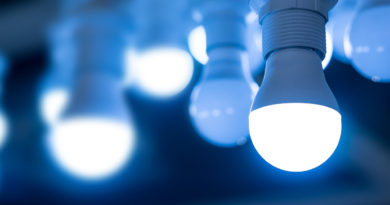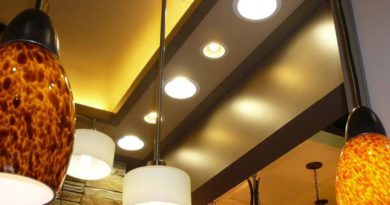INCANDESCENT LAMP | An Architect Explains
The Incandescent lamp also known as electric lamp or Filament lamp, but better known as the Electric Bulb is a source of light that works by incandescence. An electric current passes through a thin filament, heating it to white hot until it produces light. The enclosing glass bulb contains an inert gas or vacuum that prevents the oxygen in air from reaching the hot filament, which otherwise would be destroyed rapidly by oxidation.

Incandescent light bulbs come in a range of shapes, sizes and voltages. They require no external regulating equipment, have a low manufacturing cost, and work well on either alternating current or direct current. Therefore, the incandescent lamp is widely used in household and commercial lighting. Read also about Halogens, which are a kind of Incandescent lamps. To help you in deciding the suitability of using Incandescent lamps in your home, as an Architect I have listed their advantages, disadvantages and usage under the following headings:
What are the advantages of Incandescent lamps?
What are the disadvantages of Incandescent lamps?
Where are Incandescent lamps used?
Why are Incandescent lamps being phased out?
WHAT ARE THE ADVANTAGES OF INCANDESCENT LAMPS OVER OTHER LAMP TYPES?
Wattage: Incandescent bulbs are easily available in a wide range of sizes and voltages, from 1.5 watts to about 300 watts.
Extra equipment: They require no external regulating equipment and work well on either alternating current or direct current, unlike gas-discharge lamps like CFLs.
Colour Rendering: They produce warm light and have excellent colour rendering (Ra-100) which means, the colour of objects under this light appears almost the same as in daylight.
Cost: They are the cheapest of all lamp types and are easily available.
Disposability: They are easily disposable as they do not contain any hazardous material to the environment unlike gas-discharge lamps which contain mercury.

WHAT ARE THE DISADVANTAGES OF INCANDESCENT LAMPS OVER OTHER LAMP TYPES?
Luminous Efficacy: The Incandescent Bulbs have poor luminous efficacy – for every watt of energy consumed, only 12 to 14 lumens of visible light is produced. This is because approximately 90% of the power consumed by an incandescent light bulb is emitted as heat, rather than as visible light. Whereas CFLs give out 60 lumens per watt and tubelights produce 90 lumens per watt. Thus, for producing a certain amount of light, incandescents require a lot more energy compared to CFLs or FTLs.
Life: They have a short life – just about 1000 hours, in comparison to other lamp types – CFLs have a rated lifespan of between 6,000 and 15,000 hours and FTLs have a life of 20,000 hours!

WHERE ARE INCANDESCENT LAMPS USED?
Household and commercial lighting: Due to the advantages of the incandescent lamps- their low cost, easy availability, good colour rendering and the fact that they can be easily disposed, – they are widely used in household and commercial lighting, for portable lighting, such as table lamps, some car headlamps and electric flashlights and for decorative lighting.
An interesting way of using an Incandescent bulb is shown here below.

A laser-cut wooden, bulb shaped light fitting. Designed by Barend Hemmes.
WHY ARE INCANDESCENT LAMPS BEING PHASED OUT?
Due to their disadvantages, mainly because of their poor efficiency, Incandescent light bulbs are gradually being replaced in many applications by CFL- Compact Fluorescent lamps, high-intensity discharge lamps, light-emitting diodes (LEDs), and other devices, which give more visible light for the same amount of electrical energy input.
When one compares the Incandescent bulb and a CFL in energy terms, that is, the amount of energy consumed by them, researchers at the Technical University in Denmark calculated that:
FOR A CFL: 1.7 kWh is needed to produce a 13W CFL and 1.7 kWh to dispose one. The 13 W CFL will consume 85.8 kWh over its rated lifetime of 6000 hours. Hence the total lifetime energy input of the CFL is 1.7+1.7+85.8= 89.2 kWh
FOR AN INCANDESCENT: By contrast, it takes only 0.29 kWh to manufacture a 60W Incandescent bulb, and the cost of disposal is nil since it contains no hazardous material. For the equivalent lifetime and equivalent light output of a 13W CFL, it would require 36 Incandescent bulbs, each burning it’s full lifetime of 1000 hours. This works out to a total consumption of 36lamps x 60W x 1000hrs = 2160 kWh! Hence the total lifetime energy input of the incandescent bulb is 36×0.29+2160= 2170.44 kWh
It is easy to see why CFLs have been hyped as the energy savers in lighting and some jurisdictions and Governments are even attempting to ban the use of incandescent light bulb to encourage the use of more energy efficient lighting alternatives, such as compact fluorescent lamp (CFLs) and LED lamps. Read about them here:
Incandescent bulbs use electricity to heat a filament to white hot till it produces light. Halogen Lamps are another type of incandescents, which find use in buildings because of their unique features. Read more:
If you found this post useful, I would really love it if you pin it or share it. I have not blocked the site just because your ad blocker is switched on because I hope my content will be useful to you. But I am able to run this site only because of the ads. So I will be obliged if you turn off your ad blocker. Thank you!
Related Topics:




